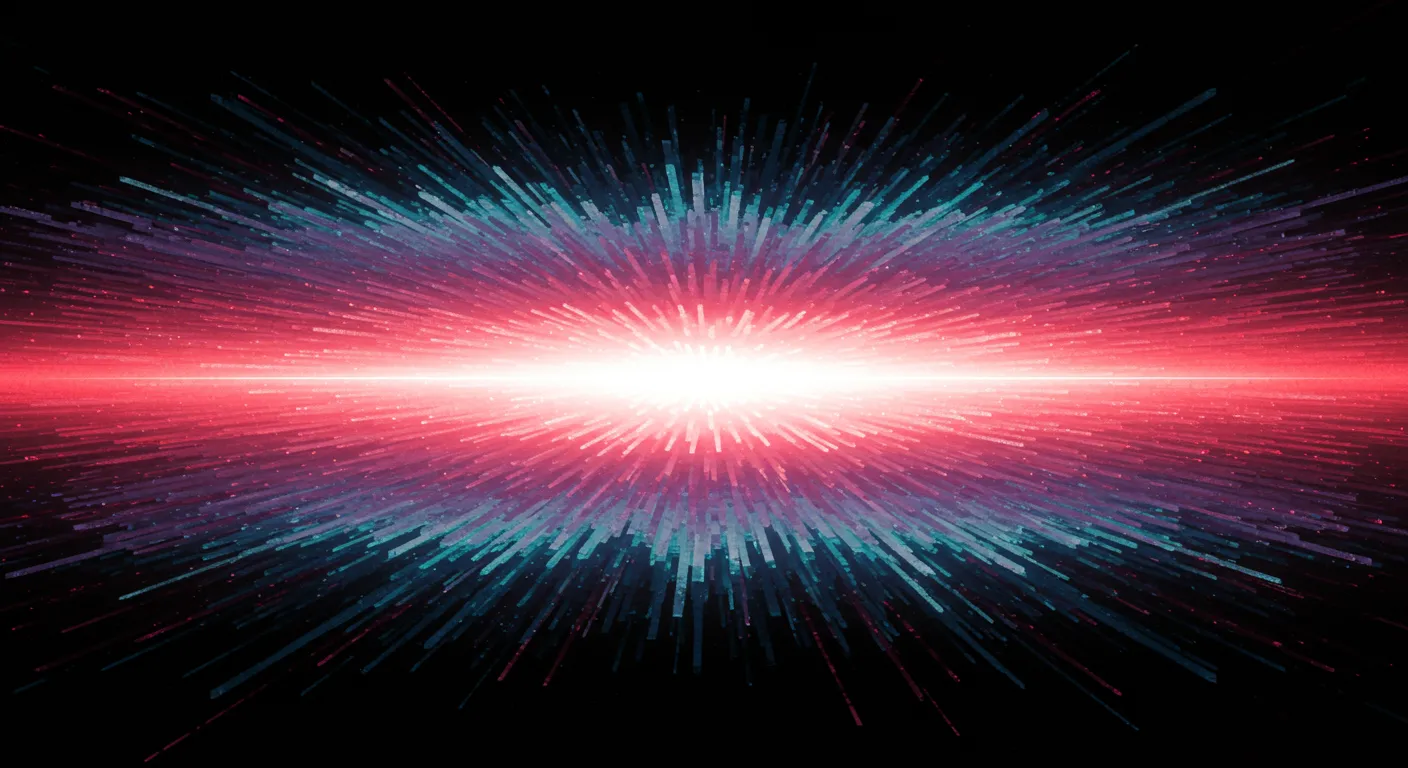In the ever-evolving landscape of digital graphics, a new technique is quietly revolutionizing how we capture and interact with visual media. Developed by an innovative programmer known online as markisus, LiveSplat represents a quantum leap in real-time 3D scene reconstruction.
The technology transforms RGBD camera streams into dynamic, instantly renderable 3D scenes, breaking down traditional barriers between capture and visualization. Unlike previous methods that could take hours to process a single scene, this approach generates a complete 3D representation in just 33 milliseconds – a speed that opens up unprecedented possibilities for live event streaming, virtual reality, and immersive media.
Online commentators are buzzing with excitement about the potential applications. From virtual front-row concert experiences to instantly stylizable 4D environments that can be reshaped like digital clay, the implications are mind-bending. One participant eloquently described it as a "fully interactable and playable 4D canvas" that could transform how we create and consume media.
The technical magic happens through a neural network that intelligently processes depth and color information, creating Gaussian splats – essentially soft, adaptable 3D points – that can be rendered from multiple perspectives. While current implementations have some visual limitations, the rapid pace of development suggests we're witnessing the early stages of a transformative technology.
What makes this particularly exciting is not just the current capabilities, but the potential for future innovation. As one commentator noted, in five years, this technology could fundamentally reshape our understanding of digital representation, blurring the lines between captured reality and imaginative reconstruction.


